-
Welcome to Tacoma World!
You are currently viewing as a guest! To get full-access, you need to register for a FREE account.
As a registered member, you’ll be able to:- Participate in all Tacoma discussion topics
- Communicate privately with other Tacoma owners from around the world
- Post your own photos in our Members Gallery
- Access all special features of the site
C0d3M0nk3y's Whitewater build
Discussion in '2nd Gen. Builds (2005-2015)' started by C0d3M0nk3y, Nov 15, 2015.
Page 6 of 6
Page 6 of 6


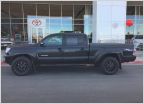 The Black Pearl Tacoma - ‘13 DCLB
The Black Pearl Tacoma - ‘13 DCLB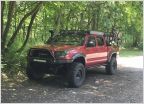 Nimble9's Secondhand Parts Build
Nimble9's Secondhand Parts Build Blue Blood Tacoma
Blue Blood Tacoma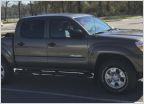 Tsumara's nameless Overland/scout/daily/dad "build"
Tsumara's nameless Overland/scout/daily/dad "build"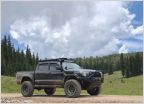 Smw62891’s Sasquatch build!
Smw62891’s Sasquatch build!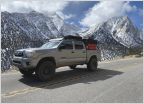 Taylor's Build and Picture Thread
Taylor's Build and Picture Thread




































